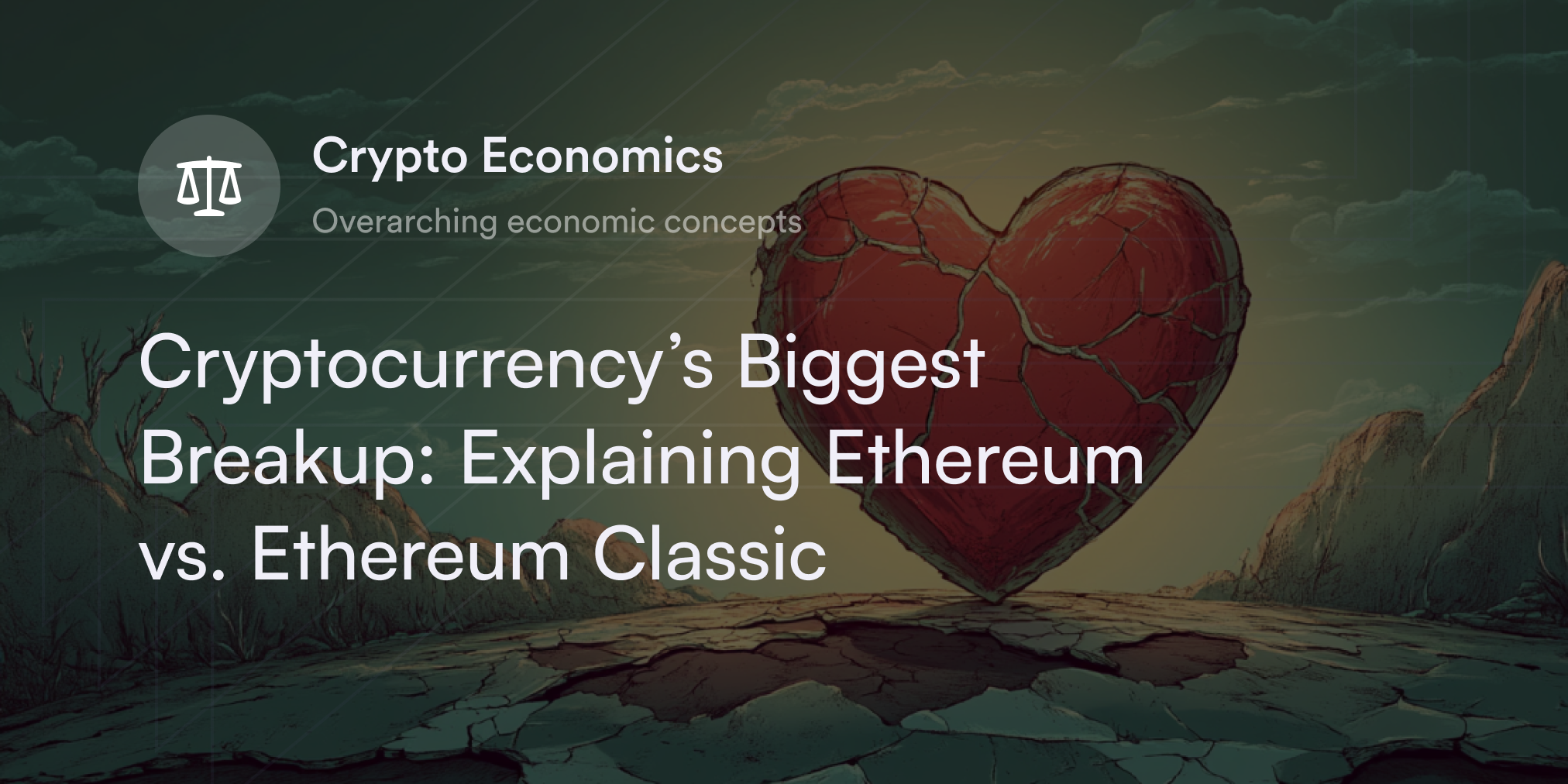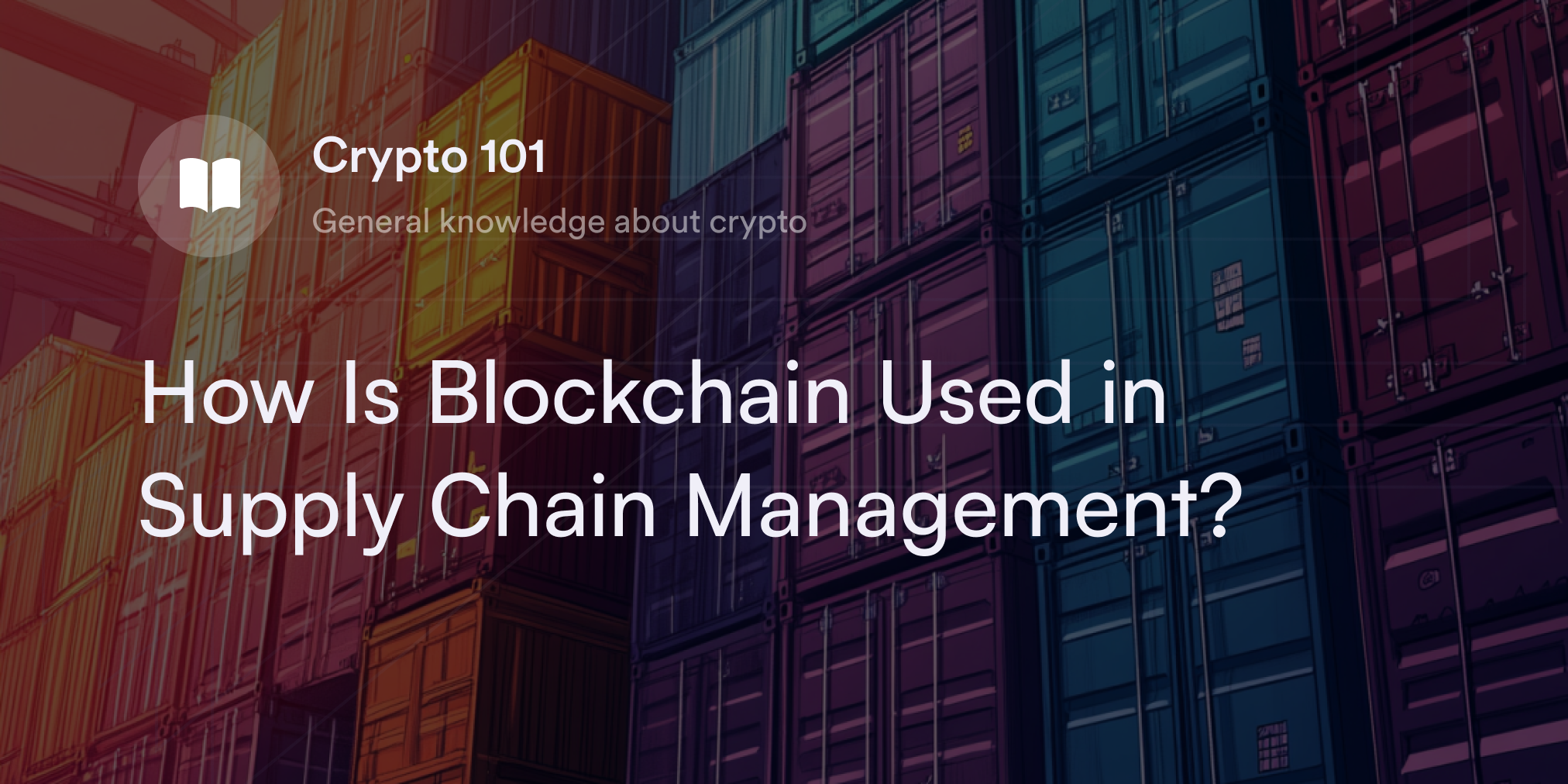


Cryptocurrency exchanges offer traders a convenient way to add digital assets—such as Bitcoin (BTC)—to their portfolios. However, like their traditional trading counterparts, trading on these exchanges isn’t free.
Similar to stock brokerage accounts, crypto trading platforms connect buyers and sellers. Although exchanges offer easy access to various assets and derivative products, they typically charge cryptocurrency “exchange fees” for their services.
While fees are usually small, the price of multiple trades can add up and eat into earnings. Fortunately, with the right strategy, traders can reduce the impact of these additional costs.
What are exchange fees in cryptocurrency?
In simple terms, cryptocurrency exchange fees are the costs associated with buying, selling, or transferring digital assets on a trading platform. The money traders use to pay these trading fees doesn’t go toward purchasing a virtual currency—instead, the fees go directly to the exchange as a source of revenue.
Most cryptocurrency exchanges publish an “exchange fee schedule” detailing the current rates users pay for different services and show traders a fee breakdown before they confirm each transaction. If a trader doesn’t have enough funds in their account to cover the exchange’s fee, they can’t finalize the trade.
How do cryptocurrency exchange fees work?
No two cryptocurrency exchanges likely have the same fee schedule, so traders should review their preferred trading platform’s requirements for specific guidance. However, although the fee percentages may differ between platforms, most exchanges use a fee structure known as the “maker-taker model” to set their prices. In this framework, traders pay a percentage of every buy and sell order. The amount each trader spends on fees depends on two factors:
Average trading volume: Generally, the more money a person spends, the lower percentage they pay in exchange fees. Most exchanges using the maker-taker model calculate a user’s trading activity by how much they traded in a fiat currency (e.g., U.S. dollars or euros) within 30 days.
Order type: Many exchanges offer lower percentage fees for people who use limit orders rather than market orders. A “limit order” means a trader is only willing to buy or sell an asset at a predefined price (e.g., limit buy 1 BTC at $25,000). By contrast, a “market order” is used when a trader wants to open a trade immediately at the current market rate. Because limit orders add liquidity to an exchange, these traders are called “makers” (while those using market orders are “takers”). Exchanges incentivize people to be market makers by offering them lower exchange fees.
For example, dYdX uses a tiered maker-taker fee schedule where rates depend on an eligible trader’s 30-day cryptocurrency trading activity and order types. Eligible traders who trade over $100,000 and under $1 million within 30 days must pay a maker fee of 0.020% and a taker fee of 0.050% on every trade. These fees go down to 0.015% for makers and 0.040% for takers who trade between $1 million and $5 million within 30 days.
Aside from maker-taker fees, exchanges may also charge additional transfer fees. For instance, some trading platforms require users to pay extra for a wire transfer, debit card transaction, or withdrawal to a digital wallet. Some exchanges also charge bonus convenience fees for their services, known as “commissions.”
Are cryptocurrency exchange fees the same as gas fees?
“Gas fees” are another transaction cost on cryptocurrency networks and aren’t the same as exchange fees. Instead of going to a trading platform’s revenue, gas fees pay the validators securing a cryptocurrency’s decentralized blockchain. Whenever people transfer funds or make a purchase on a blockchain, a portion of their cryptocurrency goes to support and incentivize those who are powering the blockchain protocol.
However, some exchanges add gas costs to specific transactions. For instance, a cryptocurrency platform may require traders to pay gas fees whenever they transfer coins or tokens off of the exchange. Also, users must pay the network's gas fees if a cryptocurrency exchange exists on top of a blockchain. For instance, cryptocurrency exchanges on Ethereum charge ETH gas fees for every trade.
Centralized versus decentralized exchange fees
In cryptocurrency, centralized exchanges (CEXs) offer trading services similar to traditional stock brokerage houses. Instead of providing users access to ETFs and equities, a CEX lets people trade digital assets and cryptocurrency-related derivatives. CEXs often charge multiple fees for using their services, including withdrawal fees, commissions, and maker-taker percentages (the specifics of each CEX’s fee structure vary). A few examples of CEXs include Binance, Coinbase, and Kraken.
Although CEXs are popular, some traders buy and sell crypto on decentralized exchanges (DEXs). Protocols like dYdX are built on top of decentralized blockchains, meaning people can trade cryptocurrencies peer-to-peer (P2P) through their crypto wallets. Like CEXs, each DEX has a unique fee schedule that traders should consult before using a platform. However, unlike CEXs, DEXs always need to charge gas fees for trading and transferring cryptocurrency. Because DEXs are on top of a blockchain—like Ethereum or Polygon—they use the fee algorithms on their chosen network.
Can you trade cryptocurrency without exchange fees?
Similar to stock brokerages, derivatives platforms, and forex exchanges, there’s no way for cryptocurrency traders to escape exchange fees. While some platforms advertise a fee-free experience, every CEX and DEX needs fees to fund its operations. So, even if an exchange doesn’t charge commissions, it probably collects money through other means, such as bank transfer costs or debit card transactions. Carefully review the fee schedules for your preferred cryptocurrency exchange to understand how much you may incur in extra costs.
How to reduce cryptocurrency exchange fees
Because fees limit a person’s potential profits, traders are always interested in finding the best cryptocurrency exchange fees in the ecosystem. While it’s impossible to avoid exchange fees on crypto platforms completely, there are a few ways traders reduce these additional costs and save:
Review a cryptocurrency exchange fees comparison chart: The simplest way to determine which exchange has the lowest fees is to compare their official fee schedules. Reputable exchanges publish a transparent fee schedule on their website so traders know the average costs before joining a platform.
Avoid high-frequency trading: Since every cryptocurrency transaction on an exchange carries a fee, high-frequency traders pay the most in exchange fees. Generally, the fewer trades investors make each year, the less they have to pay to the exchange.
Research promotions and special offers: Cryptocurrency exchanges may offer special promotions, discounts, or bonuses to loyal traders. For example, dYdX offers a bonus fee discount to anyone who holds a Hedgies non-fungible token (NFT). Take advantage of special offers on your preferred crypto exchange for the best prices.
Focus on L2 protocols and low-fee blockchains: Traders most interested in using DEXs should prioritize protocols built on blockchains known for low fees. For instance, layer 2 (L2) scaling solutions are blockchains built on top of other networks, such as Ethereum, that offer competitive transaction fees. dYdX uses the L2 blockchain StarkEx to minimize the gas fees traders pay on our exchange.
Eligible traders can trade low-fee cryptocurrency perpetuals on dYdX
dYdX is committed to offering eligible traders the lowest-fee crypto trading experience in DeFi. To ensure our eligible traders pay minimal gas fees, dYdX integrates with Starkware’s StarkEx scaling solution to avoid the transaction costs on Ethereum Mainnet. In 2022, dYdX also announced the v4 upgrade will transition dYdX to its own app chain, offering eligible traders lower fees and fast finality. For more information about trading cryptocurrencies on dYdX, check out the educational resources on our blog and Academy.
Disclosures
The content of this article (the “Article”) is provided for general informational purposes only. Reference to any specific strategy, technique, product, service, or entity does not constitute an endorsement or recommendation by dYdX Trading Inc., or any affiliate, agent, or representative thereof (“dYdX”). Use of strategies, techniques, products or services referenced in this Article may involve material risks, including the risk of financial losses arising from the volatility, operational loss, or nonconsensual liquidation of digital assets. The content of this Article does not constitute, and should not be considered, construed, or relied upon as, financial advice, legal advice, tax advice, investment advice, or advice of any other nature; and the content of this Article is not an offer, solicitation or call to action to make any investment, or purchase any crypto asset, of any kind. dYdX makes no representation, assurance or guarantee as to the accuracy, completeness, timeliness, suitability, or validity of any information in this Article or any third-party website that may be linked to it. You are solely responsible for conducting independent research, performing due diligence, and/or seeking advice from a professional advisor prior to taking any financial, tax, legal, or investment action.
You may only use the dYdX Services in compliance with the dYdX Terms of Use available here, including the geographic restrictions therein.
Any applicable sponsorship in connection with this Article will be disclosed, and any reference to a sponsor in this Article is for disclosure purposes, or informational in nature, and in any event is not a call to action to make an investment, acquire a service or product, or purchase crypto assets. This Article does not offer the purchase or sale of any financial instruments or related services.
By accessing this Article and taking any action in connection with the information contained in this Article, you agree that dYdX is not responsible, directly or indirectly, for any errors, omissions, or delays related to this Article, or any damage, injury, or loss incurred in connection with use of or reliance on the content of this Article, including any specific strategy, technique, product, service, or entity that may be referenced in the Article.







